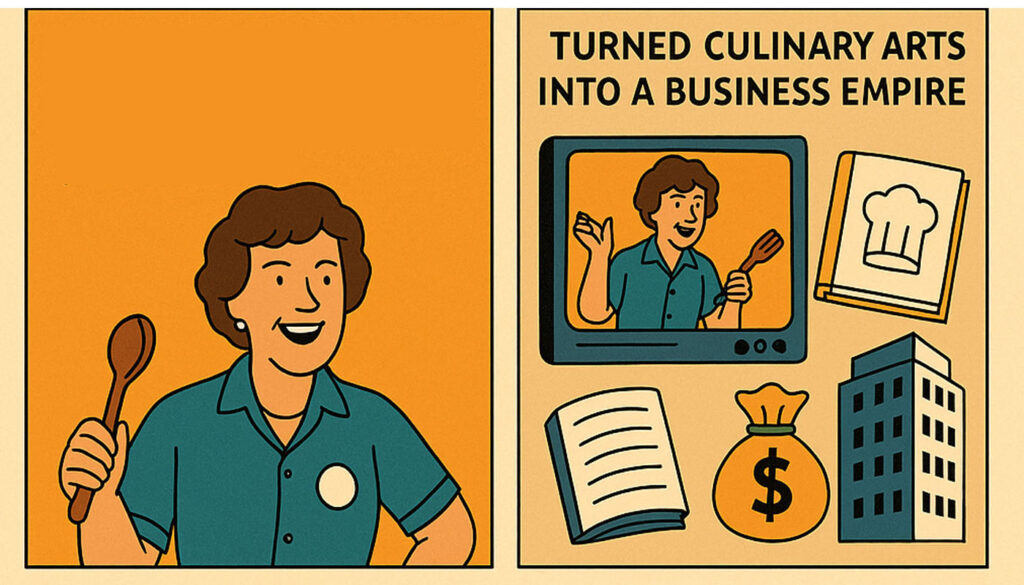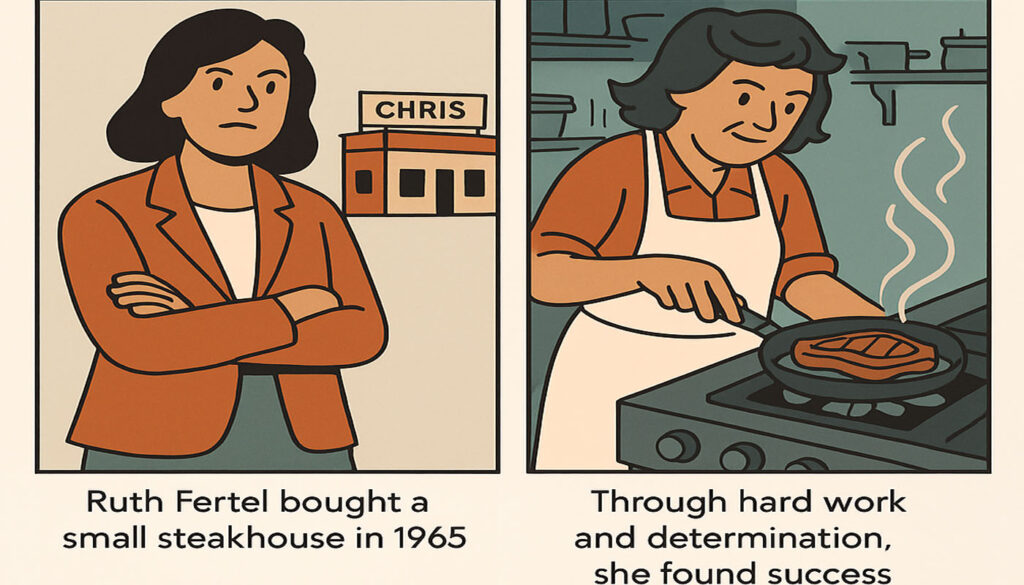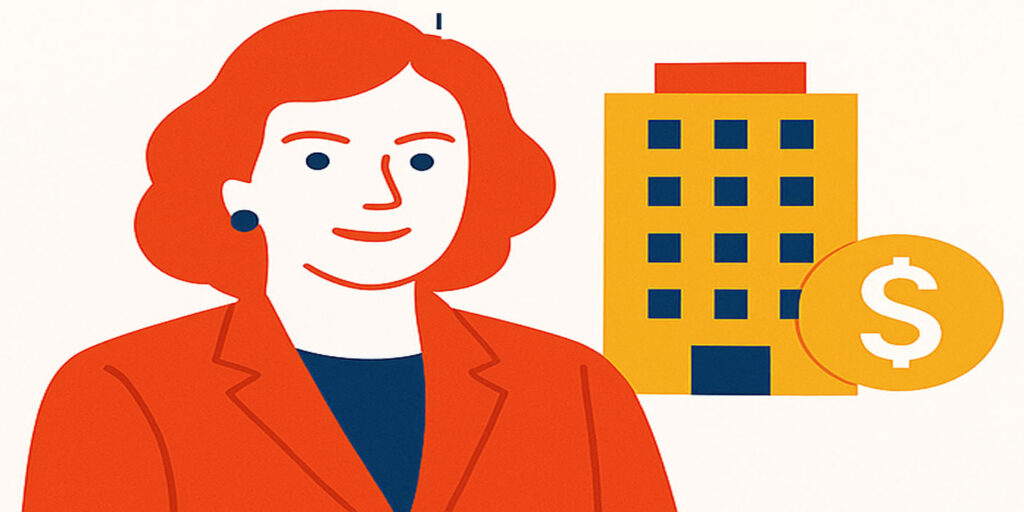Maggie Lena Walker: The Banker of Hope
A little girl was born in Richmond, Virginia, who would grow up to break every rule set against her. Her name was Maggie Lena Walker. From a young age, Maggie learned that life was tough, but her spirit was tougher. She didn’t grow up with money. She didn’t grow up with power. But she had something bigger — belief. Belief that one day, she could lead, and others would follow.
Her mother worked as a laundress, washing clothes for rich white families. Maggie often helped her after school. As she scrubbed, rinsed, and hung clothes under the hot sun, Maggie watched and listened. She heard how money gave people control — how those who had it could build businesses, homes, even schools. But in her own community, Black families were often locked out of banks, couldn’t get loans, and were always charged more.
She thought, “What if we had our own bank?”
That dream stayed with her.
As she grew older, Maggie joined the Independent Order of St. Luke, a mutual aid society that helped Black families with burial costs, healthcare, and job support. She joined as a teenager, but her voice, ideas, and strong will quickly made her a leader. She rose to the top, becoming its Right Worthy Grand Secretary — the highest role held by any woman in the organization.
But Maggie didn’t stop there.
She saw how financial struggles held people back. Without savings, families couldn’t protect themselves in emergencies. Without loans, they couldn’t buy homes or start businesses. So Maggie dreamed bigger — she wanted to build a financial system for her people.
And in 1903, she did the unthinkable.
She opened the St. Luke Penny Savings Bank, becoming the first African American woman in the United States to charter and run a bank.

Imagine the headlines if it happened today: “Black Woman Opens Bank in a Segregated America!” But in 1903, most newspapers ignored it. Still, the news raced through the streets of Richmond. People came — teachers, barbers, shopkeepers, parents — all wanting to open savings accounts in a place where they were respected.
Maggie’s bank was more than just a bank. It was a symbol.
It told people: “You matter. You’re worth it. Your future belongs to you.”
She made it easy for families to start saving. You didn’t need a fortune to walk through the door — just a few pennies. That’s why it was called a “penny” bank. It gave people their first taste of financial power. And that power grew.
Within a few years, the bank had helped hundreds of people buy homes. It had given loans to small businesses that couldn’t get support anywhere else. Maggie believed in responsibility, but she also believed in trust. She knew her community had been judged unfairly, and she was there to prove them wrong.
Maggie didn’t just sit in an office. She gave speeches, mentored young women, and trained other Black entrepreneurs. She taught savings, investment, and leadership — not just in classrooms but in everyday life.
Her motto? “Let us put our moneys together; let us use our moneys; let us put our moneys out at usury among ourselves, and reap the benefit ourselves.”
She didn’t want wealth for herself. She wanted it for everyone.
And Maggie’s leadership stretched far beyond banking.
She ran a newspaper, The St. Luke Herald, to spread news and inspire people to act. She opened a department store that offered fair prices and dignified service to Black customers who were often turned away at white-owned stores. She supported schools, fought for equal rights, and even worked to register Black voters in the face of voter suppression.
But it wasn’t easy.
Some people tried to stop her. A few didn’t like the idea of a Black woman with power. She faced threats, harassment, and criticism. She even faced betrayal from inside the community. But Maggie never gave up.
In the 1910s and 1920s, many banks failed due to recessions and economic hardship. But the St. Luke Penny Savings Bank stayed strong. Why? Because Maggie ran it with wisdom and care. She knew when to take risks and when to protect what people had built. Her bank even helped merge other small banks, making it one of the largest Black-owned banks in the country.
And then something personal hit her.
In her middle years, Maggie developed diabetes. Eventually, she lost the ability to walk. For many, that would’ve been the end. But Maggie didn’t stop. She used a wheelchair and continued working daily. Her mind stayed sharp. Her courage never faded.
Even as the Great Depression approached, she fought to keep her bank stable and her people hopeful. The world was changing, but Maggie remained a symbol of consistency, dignity, and possibility.
She lived in a big brick house on Leigh Street with her family, but it was more than a home — it was a hub for community action. Young girls came to learn. Businessmen came for advice. Politicians came for support. And Maggie always greeted them with strength, style, and a deep sense of purpose.
When she passed away in 1934, people filled the streets to honor her. They didn’t just come for a funeral — they came to celebrate a life that had made theirs better.
Today, her story is often left out of history books. But Maggie Lena Walker didn’t just open a bank — she opened doors. She taught a generation how to believe in their power, build with purpose, and lead with love.
Her message still rings true: “Don’t wait for someone to give you a seat. Build your own table.”
And that’s exactly what she did.

















